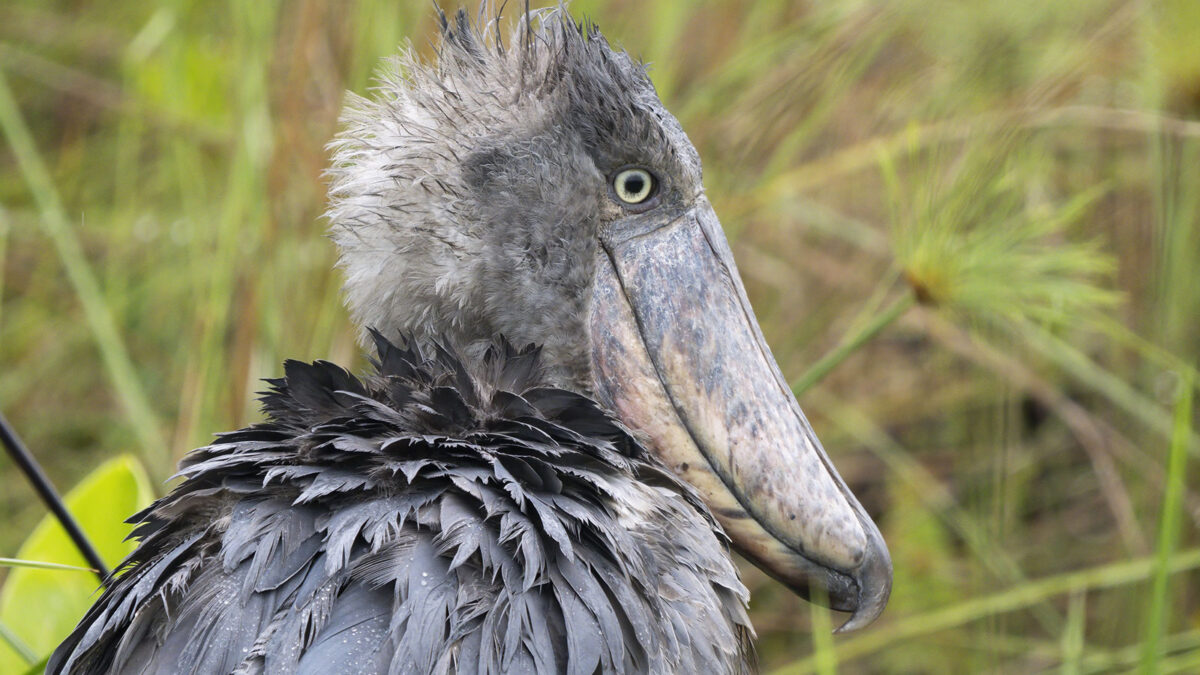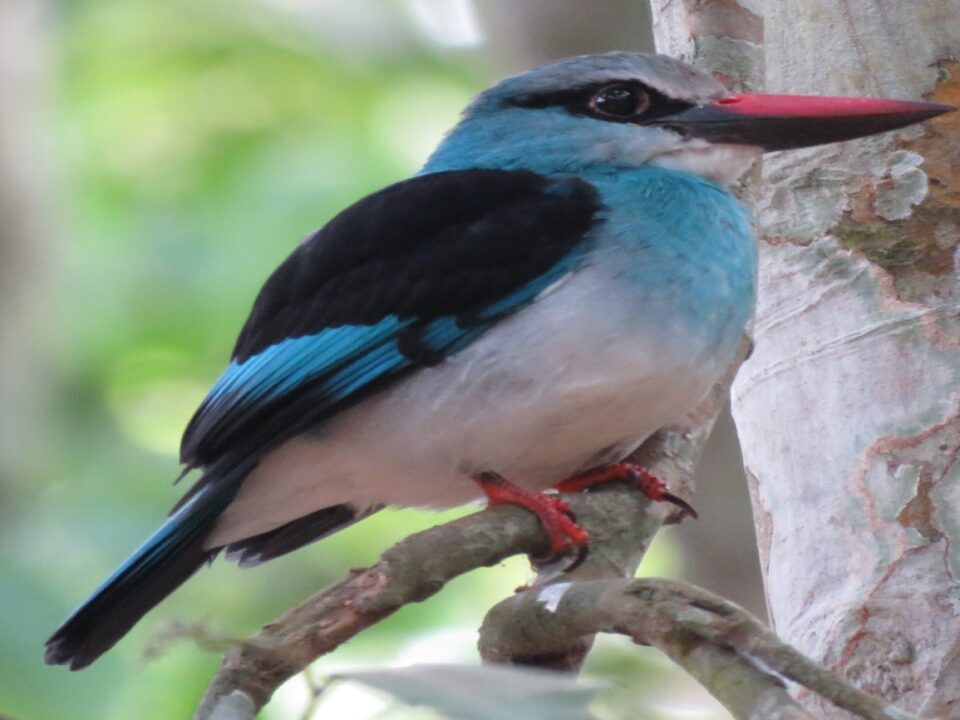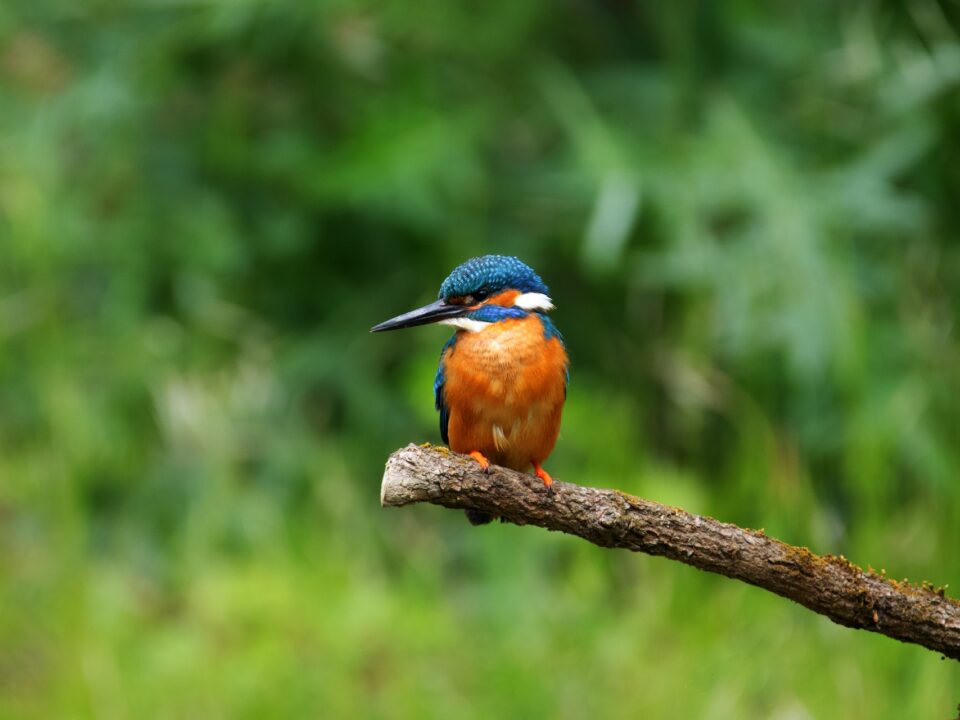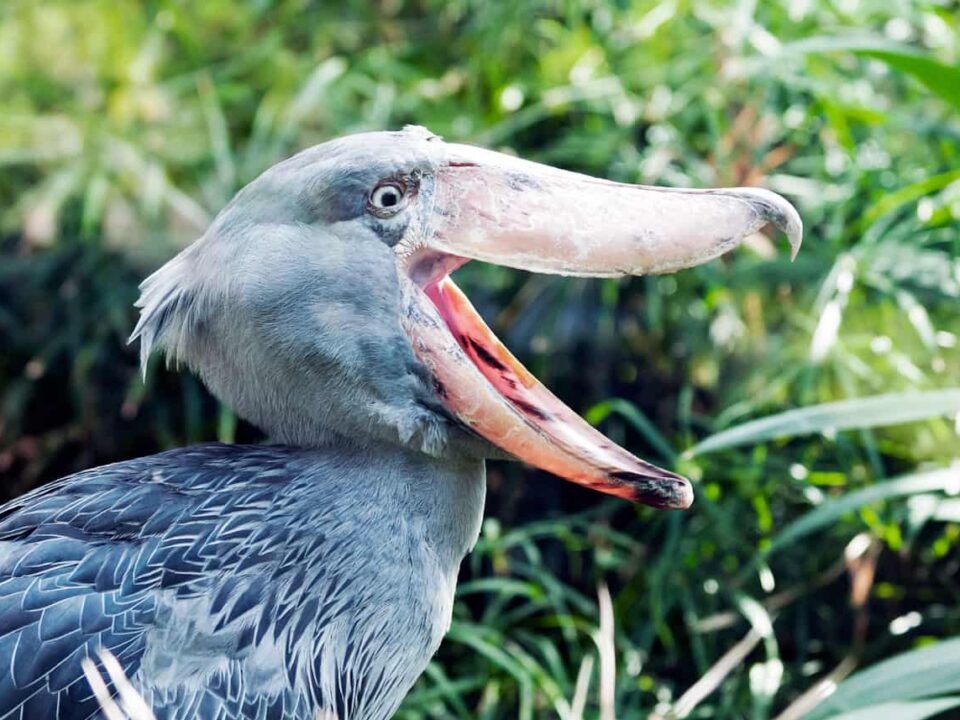Top 9 Locations to Observe Shoebill Storks in Uganda

The Cost of Chimpanzee Trekking in Nyungwe Forest National Park
February 25, 2023
Top African Destinations for Tracking Golden Monkeys
February 26, 2023Discover Uganda’s Fascinating Shoebill Stork: Top 9 Best Places to Spot this Rare Bird
Uganda is renowned for its wide variety of bird species found within its borders. Although wildlife, gorillas, chimpanzees, culture, and mountains are the country’s most popular attractions, birding is an equally exciting activity that should not be missed. We can customize your itinerary to combine bird watching with other activities to ensure you don’t miss out on any of Uganda’s amazing offerings. The shoebill stork, in particular, makes Uganda an attractive destination for bird watchers exploring Africa. Uganda’s diverse habitats, including swamps, forests, grasslands, and shores of various water bodies, provide homes to over 150 species of birds, making it a bird lover’s paradise. Our birding trips and safaris are the perfect way to discover Uganda’s magnificent bird life.
The shoebill stork, one of the rarest bird species in the world, is a magnificent sight to behold, and Uganda is home to over 10 places where these birds can be spotted. This makes Uganda an excellent destination for birdwatchers and nature lovers alike.
If you’re looking to increase your chances of spotting the shoebill stork, a tailored safari is the best option. This allows you to visit specific locations where the bird is known to frequent. Uganda is home to several stork species, including the yellow-billed stork, marabou stork, saddle-billed stork, and open-billed stork, in addition to the shoebill stork.
Some of the best places to spot the shoebill stork in Uganda include:
- Semuliki National Park
- Mabamba Swamp
- Makanaga Swamp Bay
- Lugogo Swamp in Nakasongola
- Lake Albert Delta in Murchison Falls National Park
- Ishasha Sector in Queen Elizabeth National Park
- Lake Mburo National Park
- Lwera and Kyabakuza Swamps
- Uganda Wildlife Education Center (Entebbe Zoo)
Semuliki National Park: A Birder’s Haven in Uganda
Semuliki National Park is a must-visit destination for birders in Uganda. With over 400 bird species, including 66% of the country’s forest bird species, this park is a bird’s haven. Located in Southwestern Uganda, it is shared by the Bundibugyo and Notoroko districts and can be accessed from the Fort portal Hub. Visitors to Semuliki also have the chance to visit other popular parks, such as Kibale Forest National Park, Queen Elizabeth National Park, Mountain Rwenzori National Park, and the Rwenzori escarpments.
The Hot springs are one of the key highlights of Semuliki National Park. Visitors can also explore the River Semuliki, which meanders through oxbow lakes and is home to an array of beautiful birds. The shoebill stork is a key highlight for a birding safari, and the environment of Semuliki is not spoilt, making it easier to spot. Our professional birding guides will provide you with adequate information about the storks and other birds. Visitors also have the chance to spot around 5 endemic Albertine species, including the Black Dwarf Hornbill, Red-billed Dwarf Hornbill, Swamp Palm Bulbul, White-crested Hornbills, Blue and Ross’s Turacos, Blue-billed Malimbe, Great Black-casqued Wattled Hornbill, and Piping Hornbill.
During your visit to Semuliki National Park, you will have the chance to spot various bird species during game drives and nature walks. Other birds you can spot include the White-throated Blue Swallow, African Piculet, Leaf-love, Afep Pigeon, White-tailed Robin-Chat, Red-thighed Sparrowhawk, Bates’s Nightjar, Sabine’s Spinetail, Yellow-throated Nicator, Eurasian Oystercatcher, Double-toothed Barbet, Hairy-breasted Barbet, Black Saw-wing, Crested Malimbe, Maxwell’s Black Weaver, Red-bellied Malimbe, Lemon-bellied Crombec, Red-rumped Tinkerbird, Spotted Greenbul, Fire-crested Alethe, Mountain Greenbul, Orange-cheeked Waxbill, and Chestnut-breasted Negro finch.
Trek Africa Expeditions offers shoebill stork trips to Semuliki National Park and other birding safaris in Uganda. Contact us today to tailor your birding experience and explore the diverse bird species of Uganda.
Mabamba Swamp: A Must-Visit Destination for Shoebill Stork Watching in Uganda
Mabamba Swamp is a highly recommended spot for those who want to witness the majestic shoebill stork in its natural habitat. Situated on Lake Victoria, it is one of the largest wetlands in Uganda and can be easily reached from Entebbe via a motorized boat or a serene canoe ride through the swamp. The best times to visit are either early in the morning or in the evening.
Aside from the shoebill stork, Mabamba Swamp is also home to numerous other bird species, making it a paradise for birdwatchers. Whether you visit Mabamba Swamp at the start or end of your trip, it is an unforgettable experience that should not be missed.
Discover the Beauty of Makanaga Swamp Bay: A Prime Spot for Shoebill Stork Watching in Uganda
Makanaga Swamp Bay is a must-visit destination for birders and nature enthusiasts seeking to witness the beauty of the shoebill stork, a rare bird species found in Uganda. Located on Lake Victoria, the swamp is easily accessible from Kampala or Entebbe via a canoe boat ride to the swamp. The journey to Makanaga typically begins in the morning with a guided canoe boat ride through the swamp. A local guide joins you on the boat to share the history of the area and help spot numerous birds and aquatic life in the swamp.
Makanaga Swamp Bay is open for visitors and birders all year round, offering an unforgettable experience with plenty to see and explore. Trek Africa Expeditions, a reputable tour operator in Uganda, organizes birding safaris to Makanaga and other prime birding locations in Uganda. Alternatively, they can also tailor a customized shoebill trip to fit your preferences and combine it with other exciting activities such as gorilla trekking. Contact them today for a quick response in less than five minutes and embark on a thrilling adventure in Makanaga Swamp Bay.
Explore the Beauty of Lugogo Swamp in Nakasongola
Lugogo Swamp in Nakasongola is a paradise for bird lovers, especially those who want to spot the rare shoebill stork. Accessible through the Zziwa Rhino Sanctuary, Lugogo Swamp offers a chance to witness over 300 bird species, making it an unforgettable experience for nature enthusiasts.
The best time to visit is early in the morning when the swamp comes alive with the sound of various birds. A canoe ride with a local guide can give you an up-close view of the swamp and its inhabitants. You can expect to spend around 4 hours in the swamp, enjoying the ride, spotting different bird species, and immersing yourself in nature.
You can add Lugogo Swamp shoebill trip to your itinerary if you’re planning a game safari to Murchison or Rhino tracking at Zziwa Rhino Sanctuary. To make the most of your experience, it’s recommended to bring a pair of binoculars and a camera to capture your sightings. If you don’t have binoculars, you can request them in advance from the tour operator.
Lake Albert Delta in Murchison Falls National Park
Visit Lake Albert Delta in Murchison Falls National Park for a chance to spot the elusive shoebill stork. Although rare, the best time to see them is during the dry season from January to March. The delta is a haven for bird enthusiasts with a wide variety of birdlife that can be spotted during game drives, boat cruises, and nature walks.
Trek Africa Expeditions can organize a game safari and shoebill stork trip to Murchison Falls National Park for you. Don’t miss out on the opportunity to witness the beauty of Lake Albert Delta and the diverse birdlife in Murchison Falls National Park.
Shoebill Stork Spotting at Ishasha Sector in Queen Elizabeth National Park
The Ishasha Sector of Queen Elizabeth National Park is another great place to spot the elusive shoebill stork. Located on the shores of Lake Edward, the swamp area is a popular spot for these unique birds. You can combine your shoebill tour with a safari to see the famous tree-climbing lions of Ishasha Sector, and Trek Africa Expeditions can customize your trip to include both experiences.
As one of the largest parks in Uganda, Queen Elizabeth National Park offers a diverse range of wildlife viewing and cultural experiences in addition to the shoebill sighting. Located in the southwestern part of the country, it is a must-visit destination for any wildlife enthusiast.
Lake Mburo National Park
Exploring the shores of Lake Mburo in a boat cruise is another great opportunity to spot the elusive shoebill stork. The local guides will assist you in identifying the birds on the shores and if you’re lucky, you may even catch a glimpse of the magnificent shoebill stork. Lake Mburo National Park is not only a prime location for wildlife enthusiasts, but also for birding enthusiasts.
Lwera and Kyabakuza Swamps
The Lwera and Kyabakuza Swamps, located en route to popular destinations like Bwindi Impenetrable National Park, Queen Elizabeth National Park, Lake Mburo National Park, Rwenzori National Park, and Mgahinga National Park, offer occasional sightings of the shoebill stork. During your journey, the driver guide will make stops in the hope of spotting this bird, and with some luck, you might catch a glimpse of it. At Trek Africa Expeditions, we will ensure that your itinerary includes opportunities to experience all the highlights of your trip.
Shoebill Stork Sightings at Uganda Wildlife Education Center (Entebbe Zoo)
The Uganda Wildlife Education Center, also known as the Entebbe Zoo, is an excellent destination to spot the shoebill stork. These birds can be seen at any time of the day throughout the year, making it a reliable option for visitors. The Zoo, situated in Entebbe, stretches all the way to Lake Victoria, providing an opportunity to see a variety of wildlife if you’re in the area for a conference or work appointment.
Located just 10 minutes from Entebbe International Airport, the Zoo is a convenient stop before your flight or as a starting point for your Uganda adventure. Lunch can be arranged on the Zoo’s beach for those who wish to take a break and enjoy the scenery. Trek Africa Expeditions offers an excursion to the Entebbe Zoo for shoebill stork sightings, providing a 100% chance of seeing these unique birds.
Uganda boasts the largest population of shoebill storks in the region, with about 1000 individuals found around swamps, lake shores, and rivers where they feed on aquatic life. Trek Africa Expeditions is eager to take you on a shoebill stork tour, as well as other tailored packages including gorilla tours, chimpanzee tours, game safaris, and more. Contact us to plan your ideal itinerary.




